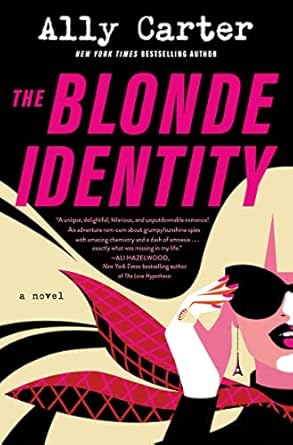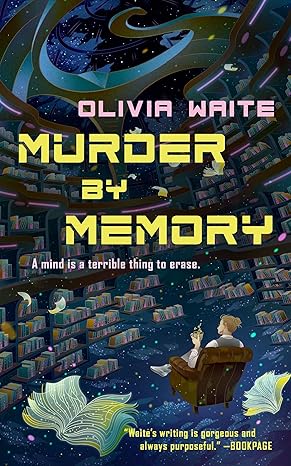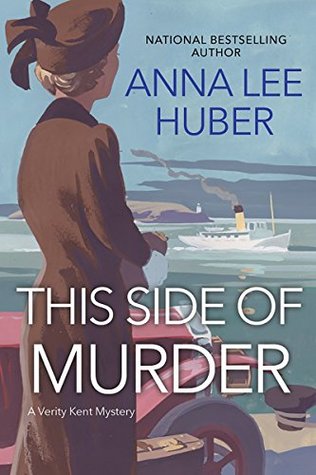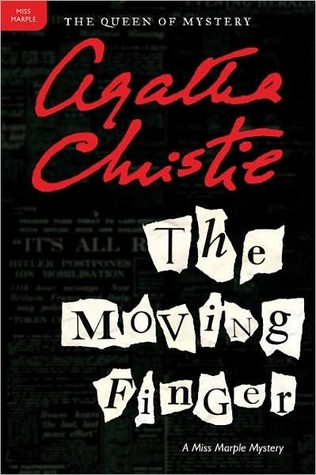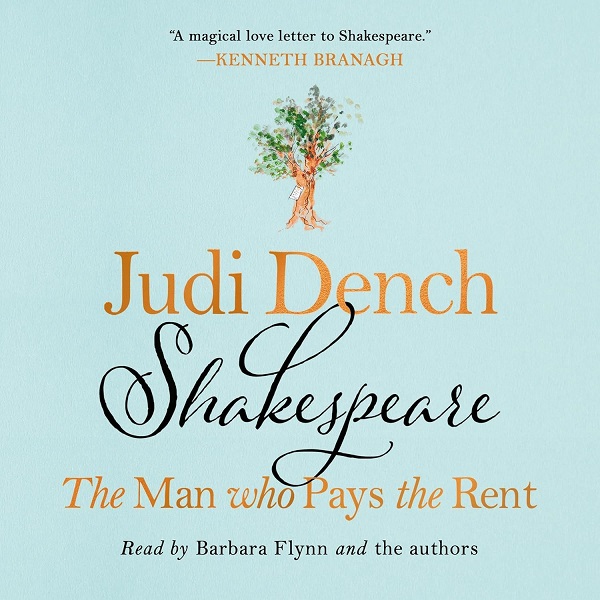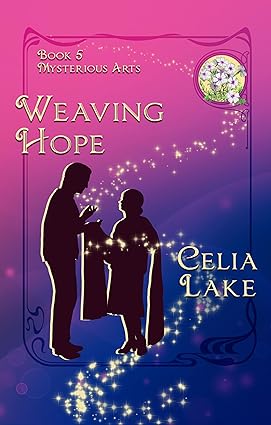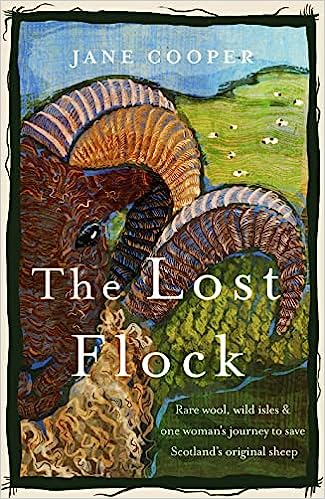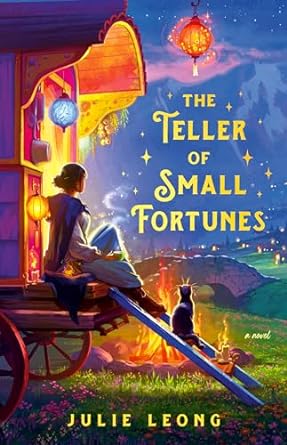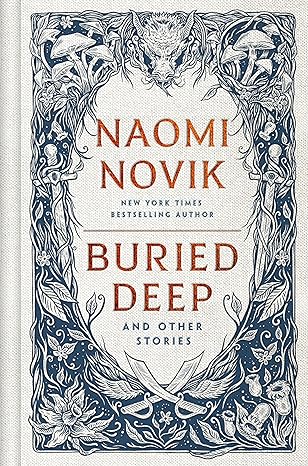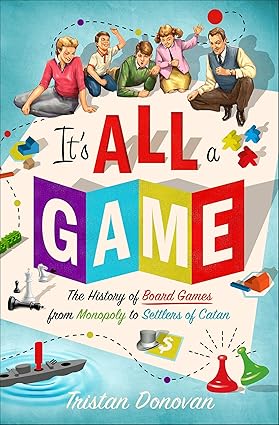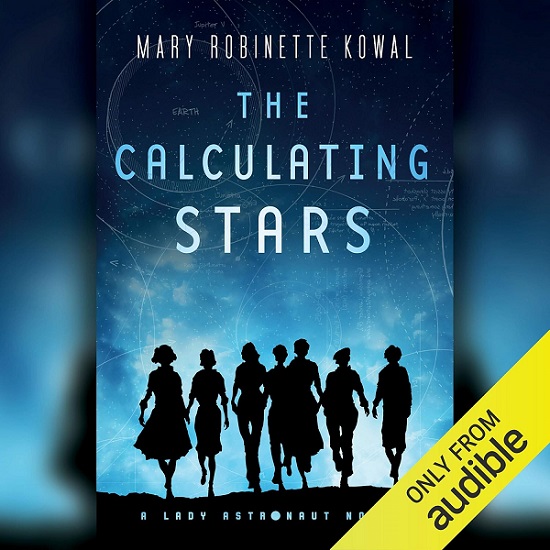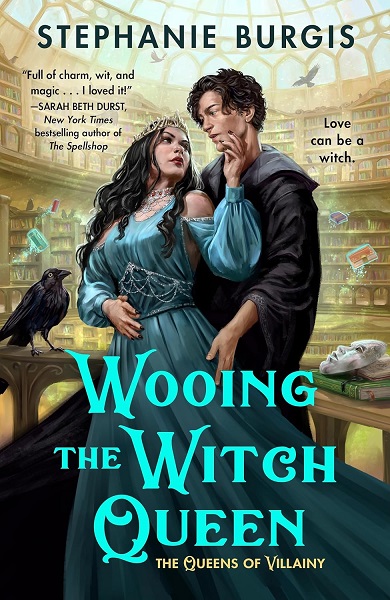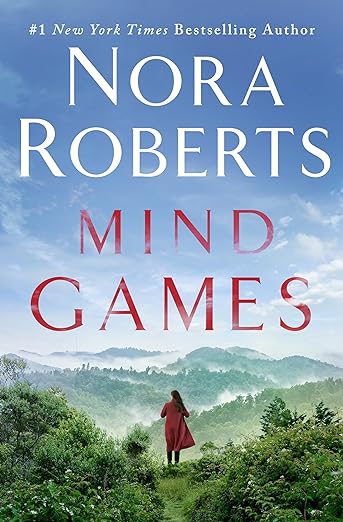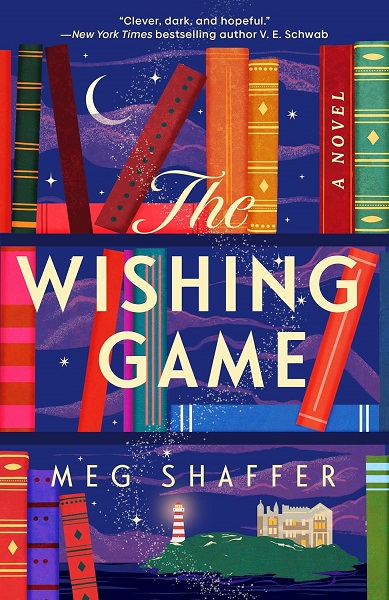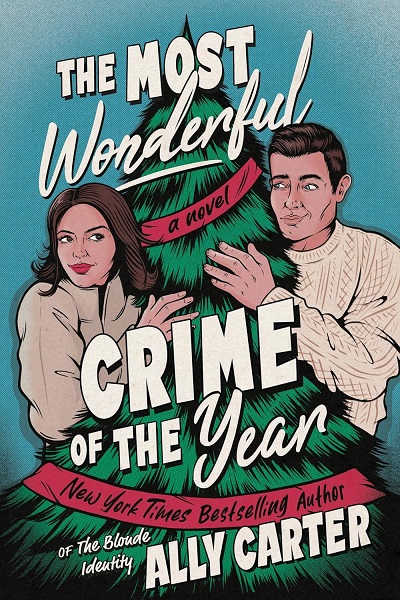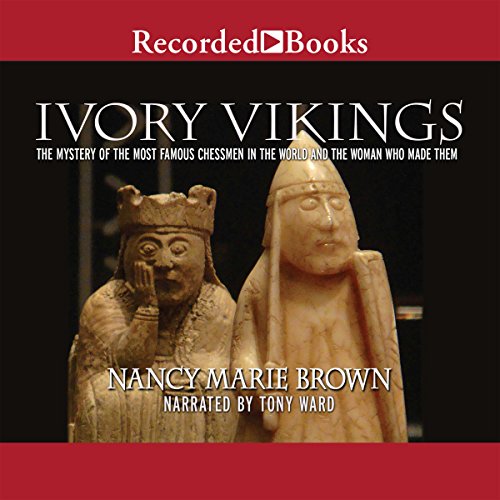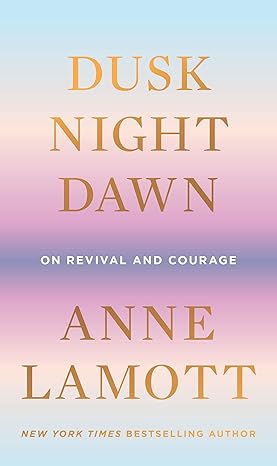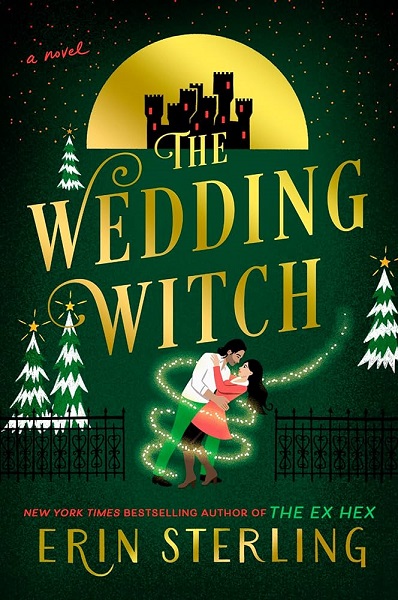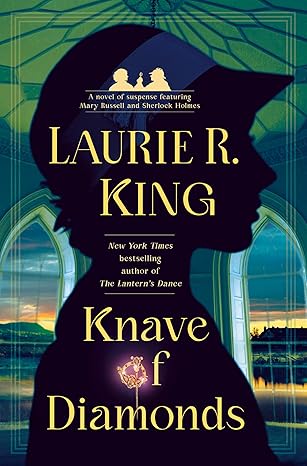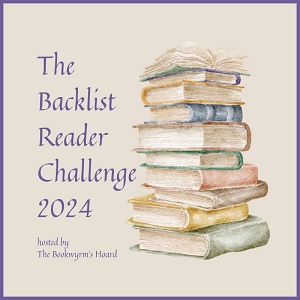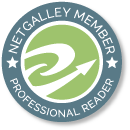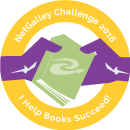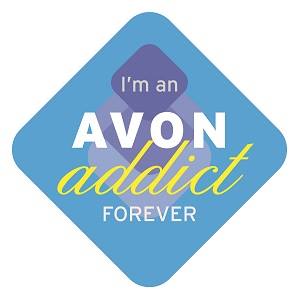I’ve been thinking a lot about e-books over the last six months: wondering when and whether I should give them a try, weighing their pros and cons.
E-books do have some distinct advantages over bound books. They don’t use paper or ink, and the books themselves don’t take nearly as much energy to produce as printed books, so one could argue that e-books are more eco-friendly than bound books. (Of course, the e-book readers are electronic devices, which use up resources and require power, and I doubt they are very recyclable. It would be interesting to see a ecological comparison based on, say, 100 books, including the reader.)
E-books don’t take up any physical space. You can store a huge number of e-books on your computer, and quite a few in an e-book reader device, depending upon the brand and whether it takes memory cards. That’s a plus for anyone living in a small space, or anyone who has run out of wallspace for bookshelves. Plus, I quite like the idea of taking a whole library of books on vacation with me — I’d be certain to have something to suit every mood.
The leading e-book devices, Amazon’s Kindle and the Sony Reader Digital Book, allow you to scale the font, which is good for readers with visual difficulties or aging eyes. Kindle has some other features which appeal to some readers, such as wireless downloading of books, the ability to highlight and make margin notes, and the ability to read any book aloud. (Sort of. I suspect the reading is fairly robotic, and there would be no distinction between different character’s voices. I would prefer audiobooks, but it’s probably a godsend for people with severe visual impairments.)
On the other hand, there are some distinct drawbacks to e-books of whatever type. One obvious drawback is the cost of the reader devices. The Kindle 2 just dropped (!) to $299, which includes the wireless service. Sony offers two models; the newer runs $349, but the previous edition, the P-505, is still available for $279. Either way, that’s a lot of money for a dedicated device. There are other devices available, including reader software that works on your Pocket PC, iPhone, or iTouch, but Kindle and Sony are the current leaders, both in terms of users and in terms of content.
Then there is the cost of the e-books themselves. E-books do have to be written, edited, and formatted (akin to typesetting) just as bound books do, so it’s only right that the publisher and author should receive a fair recompense for their time, effort, and creativity. On the other hand, the publisher is saved all the expense of printing, storing, and shipping a bound copy, so in theory the purchaser should pay less for the e-book than for the bound copy. In practice, that’s not always the case. A new paperback release, for instance, often costs the same from Amazon as its Kindle counterpart, while Walmart, if it happens to carry the book, charges around 1.50 less. It’s true that new books released in hardcover usually cost less in e-book format than bound copies do. Since I only buy hardcover books by authors I’m collecting (except textbooks), that’s not much inducement. Currently, if I don’t want to pay for the hardcover, I either borrow it from the library or wait for the paperback.
Another stumbling block for me is that e-books, particularly for the Kindle, are limited to a single user. You can sell or give away a bound book if you don’t like it. You can loan a book you love to someone else (as long as you trust them to give it back!) With e-books, none of that is possible, at least not legally. You can’t purchase used e-books, either. Since I buy a lot of my books used — probably at least two-thirds of them — in order to save money, that’s a distinct disadvantage in my eyes. It could be overcome if prices on older e-books dropped significantly, but that seems to be rather haphazard at present. Some publishers drop the price, some don’t.
Yet another drawback of e-books and e-book readers is that there’s no easy way to convert your existing collection. There’s a reason my shelves are so full: I keep my favorite books because I frequently reread them. If I owned an e-reader and wanted to read a book I already own in bound format, I would have to purchase a digital copy of the book. (Or break copyright, either by downloading an illegal copy from somewhere or by going through the laborious process of scanning the entire book and converting it to PDF files — which, by the way, will work on the Sony but not on the Kindle 2.) That adds up to a lot of money, which like most of the country, I don’t have to spare right now.
The ephemeral nature of e-books is a major negative factor. First, there’s the format issue. If you buy an e-book for the Sony Reader, what guarantee do you have that you will still be able to read that file in five years? In ten? In twenty? We’re all familiar with this problem from the music, movie, and software industries. Remember Betamax, anyone? How about LPs? 5 1/4-inch floppy disks? Not only did those formats become obsolete, but in most cases, consumers had to replace their old collections with the new format at great expense of either money or time and effort. Personally, my books are even more important to me than my music collection; I don’t want to lose the ability to read them due to format change, and I would resent having to pay for the whole collection all over again. Too, books go out of print all the time, but I can find used copies of out-of-print bound books; I’d be out of luck if an e-book was no longer available. And e-books are ephemeral in another way, as well: if your reader device, memory card, hard drive or other storage medium fails, you’ve lost your collection, because e-books are copy-protected. (Amazon stores your Kindle e-library online for you, so theoretically that is not a problem as long as Amazon stays in business. In practice, I’ve seen customer complaints that books they bought for the Kindle 1 won’t load to their Kindle 2, and that one or more of their titles has disappeared. Amazon is pretty good, but no system is perfect.)
Finally, so far all the e-readers are black-on-white or possibly gray-scale, which makes them less than appealing for illustrated books, whether children’s books or adult non-fiction. This severely limits the number and types of books that can currently be published as e-books. Screen size is also a problem, since the screens for both the Kindle 2 and the Sony reader are paperback size or a little bigger. The Kindle DX has a much larger screen, though of course, it’s larger to carry around. I gather color screens are in development, so both these drawbacks will be overcome eventually.
So how can publishers make e-books more attractive? Frankly, it all comes down to pricing. While Kindle and Sony continue to grow in popularity, e-book sales are still small in comparison to sales of bound books. Make e-books really affordable, and more than competitive with bound copies (with all the advantages bound books have over the more ephemeral digital books), and people will buy them.
First, lower the cost of the reader device, if possible. Pushing $300 is too pricy for many people; price the devices under $200, and you’ll sell more of them.
Second, lower the cost of the e-books themselves. Set the cost at some reasonable fraction of the newly-published price, and then start dropping it as the book “ages.” For heaven’s sake don’t, as I once spotted a publisher do, forget to drop the e-book price when the paperback is released — it should always cost less than the retail price for the lowest-cost bound copy. Publishers might sell even more e-books by pricing them under the discounted prices some bound-book sellers offer.
Third, either A) set up some system whereby purchasers can resell e-books they no longer want, or B) set up a two-tiered buying system: normal e-book price to keep the e-file forever, and a much, much lower price to read the book for two weeks or a month, after which it locks up or disappears from your e-reader. That should attract consumers who currently buy the book new or used, then resell it to recoup some of the purchase price.
Fourth, offer consumers the e-file free with purchase of the bound book — or perhaps for a nominal fee, under a dollar. Most readers who want the convenience of the digital book without sacrificing the pleasure of owning the bound book would be willing to pay a little bit extra rather than go through the hassle of converting it themselves, but like me, they will baulk at essentially paying for the book twice. After all, consumers are used to being able to legally and easily convert their CDs to MP3 files for their own use; it’s mainly the time and inconvenience that keep them from doing the same thing to their books (since the Sony reader, at least, does accept PDF files.)
As far as ephemerability goes, there are limits to how much publishers and e-book manufacturers can do to insure the longevity of e-book files. They could, and should, offer some guarantee of future readability or at least convertability. Either future reader devices should be backwards-compatible, reading older file formats, or publishers should promise (and then supply) free or extremely low-cost conversion of any titles the consumer already owns. There is no way, however, to guard against publishers or device manufacturers going out of business. On the other hand, once a company goes under, no doubt some enterprising soul will set up a new business converting the old format to the current one.
Will bound books ever disappear completely? I don’t think so. Bound books have a special feel and smell that is peculiarly attractive to most booklovers, myself included. No electronic device can duplicate that feel and smell — not yet, anyway. And no matter how competitively e-books are prices, they will remain ephemeral. If printed on good, acid-free paper, bound books last. The cheap (!) disposable paperback, printed on acidic paper and doomed to disintigrate after a mere 25 or 50 years, may be swept aside by a flood of e-books, but I believe that bound books will be around for a long time to come.









